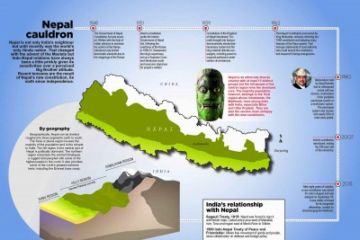
The protagonist of Jhumpa Lahiri’s acclaimed novel The Namesake has a peculiar name: Gogol Ganguli. Although he is the son of Bengali immigrants in the United States, Gogol’s name does not relate to either culture. Instead,it is the name of the Russian writer Nikolai Gogol, who authored The Overcoat, the favourite short story of Gogol’s father, Ashok.Gogol is in a struggle to find himself, his home, and his identity between his Indian heritage and the country where he resides





